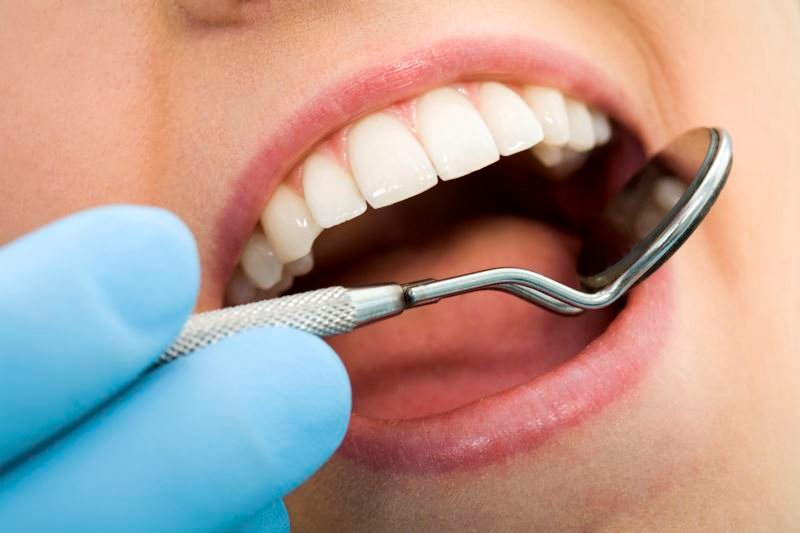The Six Stages of Invisalign Treatment

It may seem like Invisalign treatment has been an option in the toolbox of Orthodontics for a very long time, but the fact is that the company that brought about this product isn’t even twenty years of age. Even then, it took a small period for the entire idea of using clear plastic trays or Invisalign to catch on. Actually, the treatment didn’t start gathering mainstream acceptance until around the year 2004. According to the manufacturers of Invisalign, it now counts for about 6% of teenage Orthodontics and about 31% of adult related orthodontics. An orthodontic specialist, it is important for you to know more about this product and its application, through orthodontic courses online, you can accomplish this and add more to your practice.

Although the majority of patients use methods other than Invisalign, at least most inquire about the plan of treatment. After all, choosing Invisalign has some outstanding advantages. These include the treatment’s invisible ability, short duration of treatment, and effective results. In addition, since the trays are removable, it allows patients to eat whatever they desire and clean their teeth without any problems. Hence, if you are curious about how the process of Invisalign runs, here is what you should know.
1. Consult Your Orthodontist
If you wish to go through Invisalign treatment, the first step is to consult your orthodontic specialist to determine what treatment is suitable for you. An experienced orthodontic specialist who has gone through Gerety Orthodontic Seminars can guide you well about the best treatment. However, you should know that orthodontic with Invisalign is a versatile system, but it does not work in the best manner for all orthodontic issues. Right beyond clinical considerations, a specialist also has to consider their patient’s willingness or ability to keep the trays on for about 24 hours a day. Of course, patients or their families will also want to know about insurance coverage as well as consider cost comparisons. In the end, no matter whom you choose as your provider, it is advisable that you receive the treatment from an orthodontist, not a dentist. These days, dentists are also providers of Invisalign, but they lack the additional specialization and training that orthodontists have and often deliver inferior outcomes.
2. Creating a Treatment Plan
When you make up your mind to start the Invisalign treatment, your orthodontist will take photographs, x-rays and take impressions of your teeth. With these in hand, they send the records to the company providing Invisalign with instructions on how they want their patient’s teeth to move. The technicians input the information into their computer to generate a complete 3D rendering of the patient’s set of teeth along with computer models of how they should move to their desired positions. Orthodontists follow the model development process and inform the manufacturers about the adjustments to make until it matches with their treatment plan.
3. Wearing the Aligners
When you finally visit your orthodontic specialists when the aligners are ready, they will guide you about how to wear them. Aligners come in different sizes and it is important to wear them in a specific order. You can wear your aligners while brushing, eating, and wear them until the treatment process ends. During this stage, if you avoid wearing your aligners, the movement of your teeth will not progress according to the treatment plan, and they won’t fit in the correct manner.
4. Refining Your Smile
When you wear the last tray in the last two weeks, you may very well be close to the end of wearing the braces, but for a shorter period and not the usual 24 hours in a day. A few teeth may need further adjustments and it is not rare for this to happen. Your orthodontic specialist will inspect your teeth and if the need arises, they would still recommend wearing the aligners or turn to “refinement” trays. Again, this may take a while. Wearing clear aligners over time helps to enhance your teeth for a better smile, and the good thing is there is no additional charge for their prolonged use.
5. Maintaining Your Smile
After your treatment plan ends, you will need to wear aligners for some time more to give your jaw and bones enough time to solidify around the shape of your new teeth. The company that manufactures Invisalign also manufactures the product called “Vivera,” which is similar to other trays they manufacture, only more durable and thicker. Unlike Invisalign, they do not need changing out bi-weekly. You could also opt for wired retainers, which in some cases is important to wear during months after your treatment. However, it is suitable to wear a retainer a little each week for the remaining days of your life, since your teeth will always move and shift.
Choosing Invisalign surely means opting for a wonderful system that could be as effective as traditional braces. It is perfect for people who are searching for invisible options compared to the old wired braces. If you are considering this treatment option, make sure that you choose experienced and reliable orthodontists in your area.






